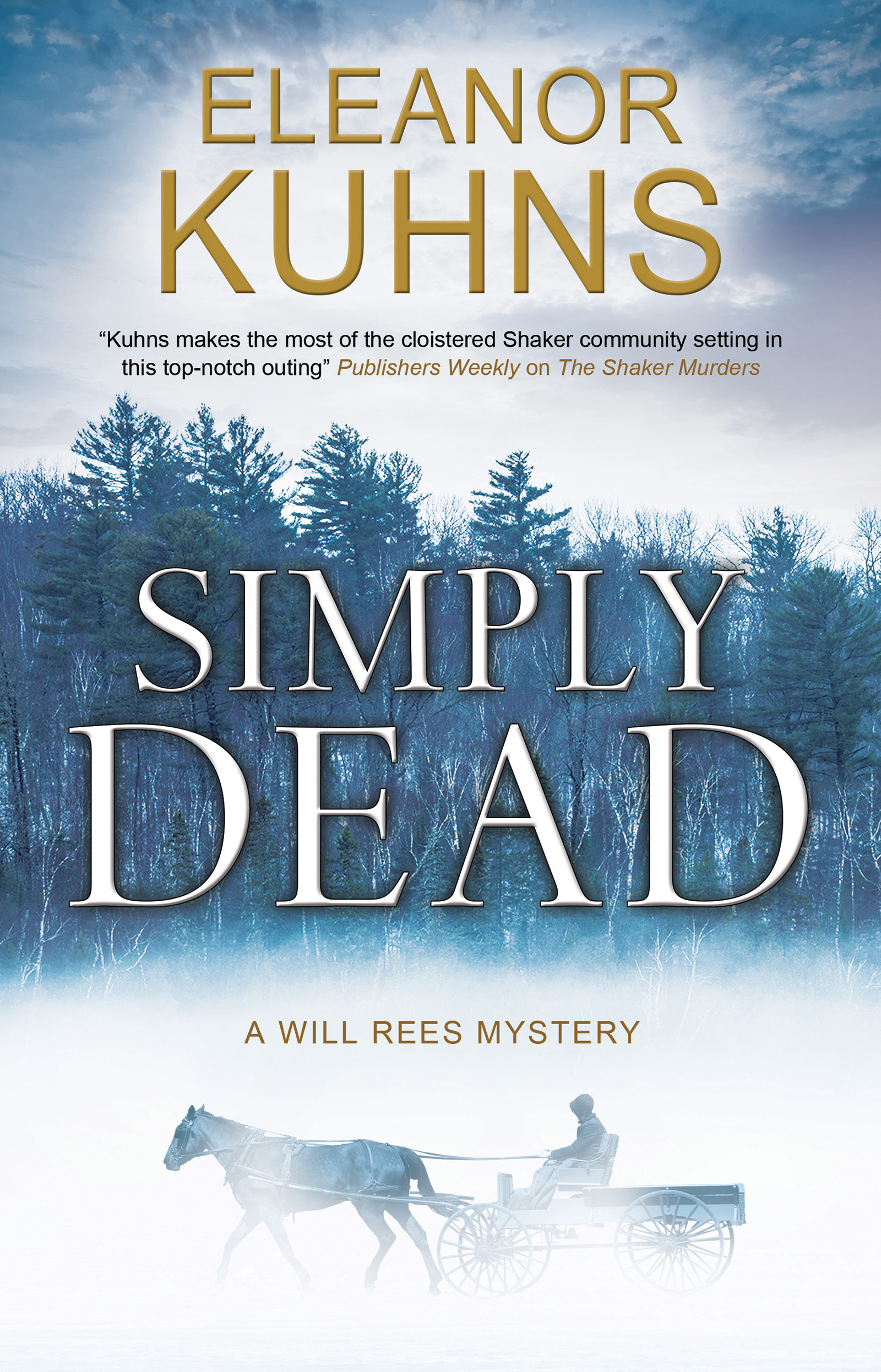In almost every Will Rees mystery, I include at least one profession and one illness. In Simply Dead, for example, I studied hoop making (for barrels) and lumbering. One of the characters is severely ill with diabetes.
In A Circle of Dead Girls, tuberculosis was the disease of choice. Because the story is set against the early days of the circus, I included details about wagons and early magic tricks.
In Will Rees Number 10, A Murder of Principle, I am including smallpox. Like Covid-19, smallpox was a viral disease and greatly feared.
The initial symptoms were similar to the flu, Covid-19 and many other viral diseases: fever, muscle pain, fatigue and headache. Before the distinctive rash erupted, small reddish spots appeared on mucous membranes of the mouth, tongue, and throat.
The characteristic skin rash form within two days after the reddish spots on the mucous membranes. The rash was formed of pustules with a dot (that became filled with fluid) in the center. These spots scabbed over and then the scabs fell off, usually resulting in scarring.
The origin of smallpox is unknown although the theory says the virus developed in certain African rodents 60,000 or so years ago. The earliest evidence of human illness dates to the third century BCE with Egyptian mummies It is a lethal disease with a fatality rate for the ordinary kind of about 30 percent. Higher among babies. The Malignant and Hemorrhagic forms are over ninety percent fatal. Occurring in outbreaks, it killed hundreds of thousands, including at least six monarchs in Europe. In the twentieth century it is estimated to have killed 300 million alone. As recently as 1967, 15 million cases occurred worldwide.
In 1796, Edward Jenner discovered that milkmaids who had contracted cowpox, a much less serious disease, did not come down with smallpox. He began a trial and proved that inoculation with cowpox prevented smallpox. Inoculation with the live virus had already begun but, although the disease tended to be less severe and less fatal, some people still died. The cowpox was safer.
Later, the vaccine was made of the killed virus. In Great Britain, Russia, the United States vaccination was practiced. However. My father contracted small pox as a toddler and lived to tell the tale. I am old enough to remember my smallpox vaccination and still bear the scar on my upper arm.
A concerted global effort a to eradicate smallpox succeeded with the last naturally occurring case in 1977. (The last death was in 1978. A researcher contracted the disease from a research sample.) WHO officially certified the eradication of smallpox in 1980.


